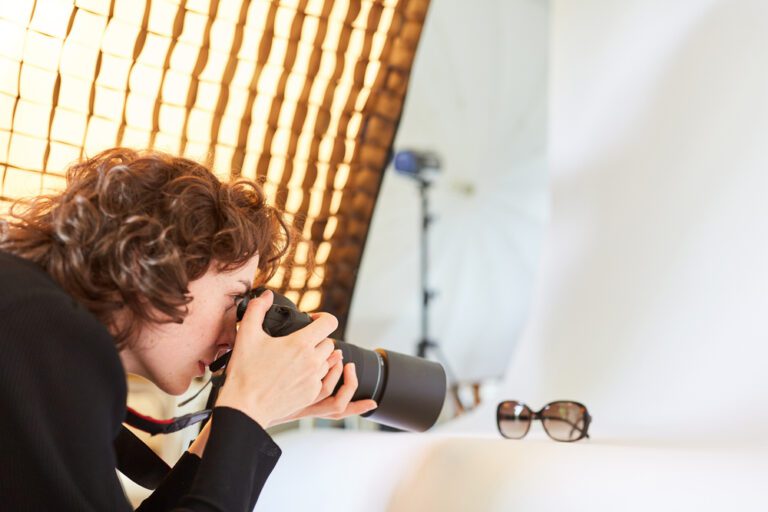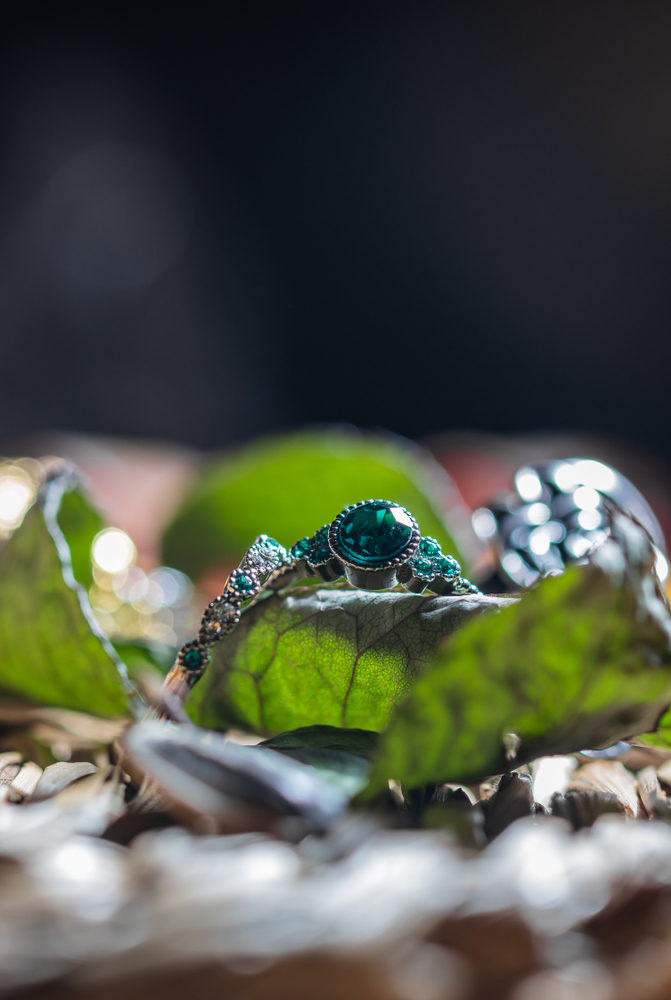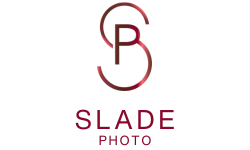Master the art of product photography with expert tips on styling, lighting, and composition. Elevate your visuals and captivate your audience.
In the competitive world of e-commerce and digital marketing, the importance of high-quality product photography cannot be overstated. The art of styling, lighting, and composition plays a pivotal role in creating captivating visuals that showcase products and entice potential buyers.
Whether you’re a professional photographer or an entrepreneur looking to enhance your product imagery, mastering these elements is essential for success.
In this comprehensive guide, we’ll delve into the nuances of how to take good product photography, offering valuable insights and expert tips to elevate your skills and create impactful visuals that resonate with your audience.

The Importance of Styling
Effective product styling is crucial for creating visually appealing and cohesive images that highlight the features and benefits of the product. By paying attention to details such as props, backgrounds, and arrangements, you can effectively convey the story and value of the product.
Here are eight essential pointers for mastering the art of styling in product photography:
- Props Selection: Choose props that complement the product without overshadowing it.
- Background Choices: Select backgrounds that enhance the product’s aesthetics and create visual interest.
- Arrangement Techniques: Experiment with different arrangements to find the most visually appealing composition.
- Color Coordination: Ensure that the colors of the props and background harmonize with the product.
- Texture Consideration: Incorporate textures that add depth and tactile appeal to the overall image.
- Brand Consistency: Maintain a consistent styling approach to reinforce your brand identity.
- Storytelling Elements: Use props and arrangements to convey a compelling narrative about the product.
- Minimalism vs. Complexity: Strike a balance between minimalistic and elaborate styling, depending on the product’s nature.
Harnessing Power of Lighting
Lighting is a cornerstone of photography, and in product photography, it can make or break the visual impact of the images. Understanding the interplay of light and shadow, as well as the techniques for achieving optimal lighting, is essential for creating stunning product visuals.
Here are eight key pointers for mastering lighting in product photography:
- Natural vs. Artificial Light: Understand the characteristics and benefits of both light sources.
- Light Modifiers: Experiment with diffusers, reflectors, and softboxes to control and shape the light.
- Direction and Angle: Explore the effects of different light angles and directions on the product.
- Highlighting Features: Use lighting to accentuate the product’s key features and details.
- Shadow Management: Control and manipulate shadows to add depth and dimension to the images.
- Color Temperature: Adjust the color temperature to achieve the desired mood and ambiance.
- Consistency Across Shots: Maintain consistent lighting setups for cohesive product imagery.
- Creative Lighting Techniques: Explore unconventional lighting methods to add a unique flair to your visuals.

Mastering Composition Techniques
Composition is the art of arranging elements within the frame to create visually compelling and balanced images. In product photography, mastering composition techniques is essential for creating images that draw the viewer’s eye and effectively showcase the product.
Here are eight essential pointers for mastering composition in product photography:
- Rule of Thirds: Apply the rule of thirds to create balanced and visually engaging compositions.
- Negative Space: Utilize negative space to draw attention to the product and create a sense of openness.
- Framing and Cropping: Experiment with framing and cropping to emphasize the product and eliminate distractions.
- Leading Lines: Use leading lines to guide the viewer’s gaze towards the focal point of the image.
- Symmetry and Patterns: Incorporate symmetry and patterns to create visually harmonious compositions.
- Depth and Perspective: Create depth and perspective by incorporating foreground, middle ground, and background elements.
- Product Placement: Strategically position the product within the frame to maximize visual impact.
- Visual Flow: Ensure that the composition leads the viewer’s eye through the image deliberately and engagingly.
In Conclusion
Mastering the art of styling, lighting, and composition in product photography is a journey that requires dedication, creativity, and a keen eye for detail. By implementing the expert tips and techniques outlined in this guide, you can elevate your product photography skills and create visuals that leave a lasting impression.
Whether you’re aiming to boost sales, build brand identity, or simply showcase your products in the best light, the impact of how to take good product photography cannot be understated.
